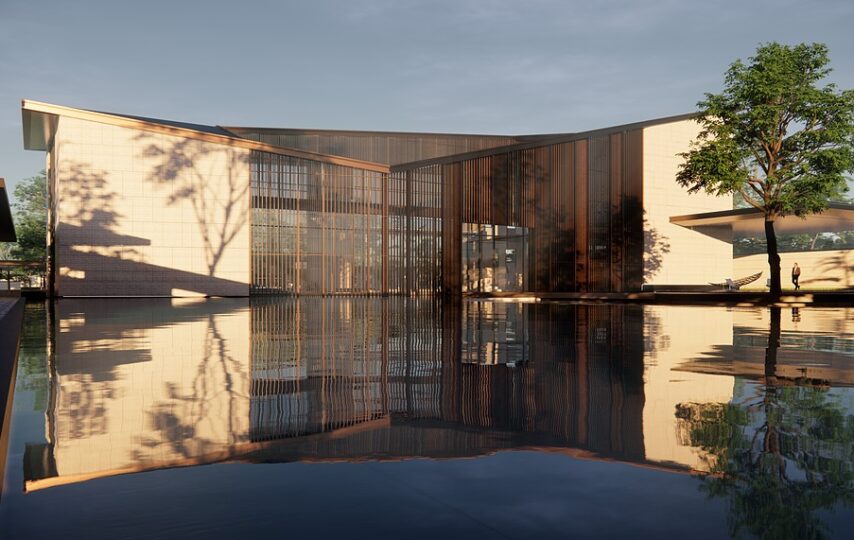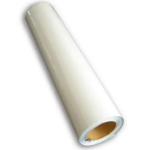Architectural visualization used to be a time-consuming and cost-intensive process. Moreover, it was mostly used by large firms that had considerable resources. These firms used to hire specialists or outsource the plan to render high-quality images. But today, the scenario has changed. We now have real-time rendering in the picture. With real-time rendering, nothing is left to the imagination – clients have everything on the table beforehand for a better idea.
Real-time rendering is the process of instantly viewing architectural planning information obtained from a modeling program. From creating images with hands to using advanced tools and technologies for image rendering, real-time architectural rendering has come a long way. What used to take hours can now be done instantly. Read to learn more about the process.
What Is Real-Time Rendering?
The concept of real-time rendering is not new; it has been used by the video games industry for a long time. But designers and architects have recently started incorporating this technique into their processes. Imagine this: you are playing a first-person video game where you can control the character and have a clear view of the surrounding area. You can walk around and see the place from any angle or view and do the analysis better. Real-time rendering is based on a similar idea.
Real-time rendering is a concept of architectural rendering services. It helps users to visualize data with the help of a modeling tool (CAD). Users can make live changes in the planning data, which will immediately reflect in the photorealistic 3D model. This 3D model is known as render. Similar to computer games, they can be experienced in virtual reality.
These animations can be rendered instantly within seconds. The real-time renderings are measured in terms of frame per second (fps). This frame ranges from 24 fps to 60 fps, depending upon the users, requirements. The decision-making and design review processes are accelerated by the realistic and immersive simulations of the future structure, which may contribute to faster project cycle times. Real-time rendering enhances the design process for a better outcome.
An architectural rendering depends upon the requirements and hence can take many forms such as panoramas, walkthroughs, animations, or standalone rendered images. Different formats can be used to create different views of a design like the exterior, interior, and aerial. These perspectives can give you an insight into how a design is composed and what it will look like in a real scenario.
Benefits Of Real-Time Architectural Rendering
Real-time rendering has plenty of benefits for designers, architects, and 3D artists. 3D artists can also leverage the benefits of 3D rendering services to save costs and make the most out of their designs.
- With real-time architectural rendering, users don’t have to wait a lot for the render to get completed. Hundreds of images or animations can be generated within minutes. The time thus saved can be used in creative experimentation.
- It opens up new possibilities for collaboration and partnership with clients. You can easily show clients or colleagues your new project from a particular angle or view, ensuring them they will get what they are seeing.
- It allows users to collaborate better leading to greater creativity.
- It can save significant costs spent otherwise on the designing process from the scratch.
From a client’s point of view, real-time rendering is a useful advancement as static images cannot explain the designer’s vision in depth. Real-time rendering has no limitation of various angles or views. Clients can easily view the model from whichever angle they want even before the design is built. Hence, clients have a complete idea of what their design would look like once it is built completely, leaving them fully satisfied.
Clients can easily walk in the model scene with real-time rendering using the lights, colors, shadow appearance, and more settings as per their preference to get a better idea of the model.
Although real-time rendering has considerable potential, it requires a significant amount of resources. It might sound easy, but you need an expert to create the rendered images. Though it certainly eases the load, care has to be taken while rendering the images as every aspect is crucial to portray the project.
Final Thoughts
Putting it simply, real-time rendering is changing the visualization game. It is not only cost-effective but also saves a lot of time – which can be used in other processes. The whole idea behind real-time rendering is to bridge the gap between imagination and virtual reality, giving clients an idea about what they would be receiving as the final product.





